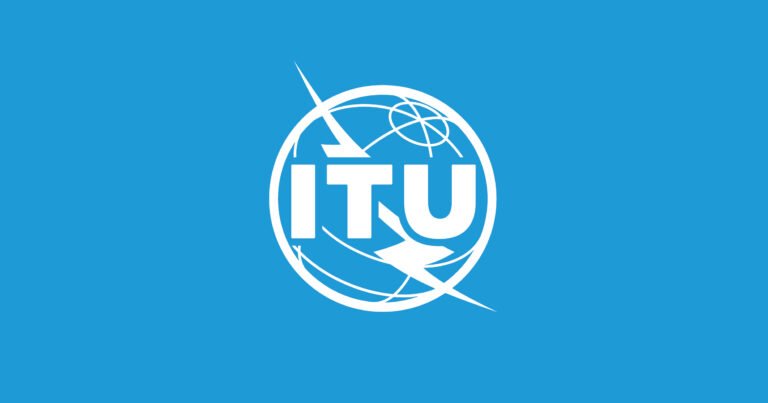Countries worldwide are enhancing their cybersecurity measures, but stronger efforts are required to address evolving cyber threats, according to the Global Cybersecurity Index 2024 (GCI 2024), released today by the International Telecommunication Union (ITU).
The report shows that countries have made progress in cybersecurity commitments since the last index in 2021. However, significant threats remain a concern, including ransomware attacks targeting government services, cyber breaches in core industries, and privacy violations.
“Building trust in the digital world is paramount,” stated Doreen Bogdan-Martin, ITU Secretary-General. “The progress reflected in the Global Cybersecurity Index shows that continued focus is needed to ensure everyone can safely manage cyberthreats in today’s digital landscape.”
The GCI 2024 evaluates national cybersecurity efforts across five pillars: legal, technical, organizational, capacity development, and cooperation. A new five-tier analysis system ranks 46 countries in the top tier as “role models” for strong cybersecurity commitments. However, most countries fall into “establishing” or “evolving” tiers, indicating a need for further cybersecurity integration, particularly as digital services expand.
A “cybercapacity gap” was noted across many nations, with challenges in skills, staffing, equipment, and funding. ITU’s Cosmas Luckyson Zavazava highlighted that national efforts, supported by ITU’s projects, have helped countries improve incident response and cybersecurity management, urging further development of secure digital systems.
ALSO READ: ORACLE AND MICROSOFT TEAM UP FOR CLOUD SERVICES IN AUSTRALIA
Regionally, Africa has made the most significant progress since 2021, with other regions also improving. Least developed countries (LDCs) have started closing the cybersecurity gap, though they still require support to advance further.
Key findings include the importance of legal frameworks, with 177 countries having regulations on data protection and breach notification. Incident response teams (CIRTs) are growing, with 139 countries now having active teams, up from 109 in 2021. Additionally, national cybersecurity strategies are becoming more prevalent, with 132 countries implementing such plans.
While cyber awareness campaigns are widespread, capacity development remains weak in many countries. The report suggests prioritizing high-impact activities like legal measures, comprehensive national strategies, and capacity building to strengthen cybersecurity efforts globally.
The GCI, established by ITU in 2015, is a roadmap for countries to improve cybersecurity measures and bridge digital security gaps.




